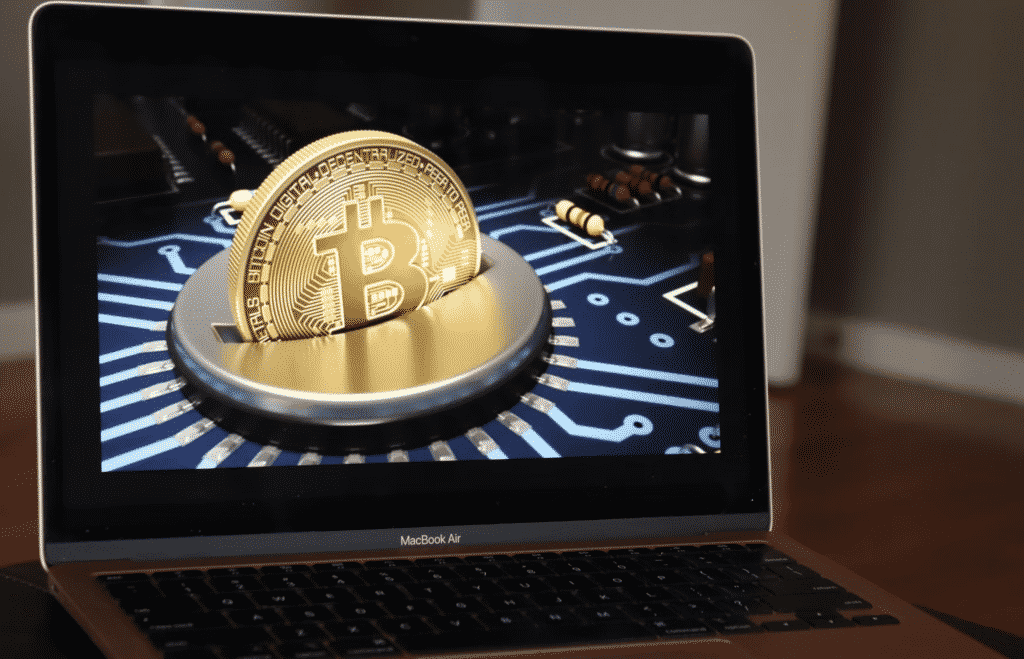All over the internet, crypto-enthusiasts are screaming that cryptocurrency is the future. They’re talking about trading coins on crypto exchanges like OKX and Poloniex, about how to buy crypto with a credit card, convert cryptocurrency (fiat), and using an app like Fold to get free Bitcoin. What they’re not talking about is how to mine cryptocurrency yourself.
Cryptocurrency mining refers to solving mathematical problems to add blocks of information to a blockchain (this gives the user currency). As you might think, this takes a lot of computing power, which means that miners need specialized computers built specifically for this purpose.
Cryptocurrency mining isn’t easy, meaning that most people interested in it have an easier time buying cryptocurrency currency rather than mining it themselves. That said, for those who want more freedom in their finances and are tech-savvy enough to build their computer rig for mining, here’s a guide.
Choose your hardware
Let’s get one thing out of the way first. Even with a case, it will have an unassuming gray or black box aesthetic that you might be embarrassed to display in your living room. That said, if you’re a cryptocurrency miner looking for maximum profits, the form factor probably doesn’t matter too much.
Mining GPUs
The first step is to choose a graphics card (GPU) that supports mining software and processers. Currently, AMD cards are more popular for their lower power consumption, which is helpful if your house is not well ventilated and you don’t want your fan running 24/7. Graphics cards also need to support OpenCL software to mine cryptocurrency, so make sure this feature is supported by the device before purchasing. You can check this on AMD’s website or Nvidia’s website.
Mining Motherboards
Once you’ve chosen your graphics processing unit (GPU), the next step is choosing a motherboard that supports it. Next to the GPU itself, this hardware selection is probably the second most important as it needs to be compatible with everything else in your system. Mining motherboards usually have PCI-E ports on them—be sure they match the number of slots on your GPU and remember that each slot only supports one GPU at a time.
Mining CPUs
Next up: picking a CPU for mining cryptocurrencies. The good news about choosing CPUs for cryptocurrency mining? It doesn’t matter which ones you get! Just about any CPU will work fine as long as it has enough RAM capacity available for its operating system and other processes running concurrently with mining software. One caveat: AMD processors are better at mining some coins.
Download a mining software program
Downloading and installing a mining program is the first step in getting your computer ready for the cryptocurrency mining process. These programs are available for free. Once it’s installed, you’ll need to configure it to connect to an Ethereum network and start doing some work.
The actual process of installing a cryptocurrency mining program takes only a few minutes, but if you have any concerns about completing this section, there are plenty of online guides that will walk you through each step—from downloading to installation to configuration.
Two types of cryptocurrency can be mined – proof of work coin or proof of stake coin. The difference comes down to how the currency is secured by its network; with proof of work coins, miners use their computer’s processing power while proof of stake coins use their owners’ existing wealth as collateral (and therefore don’t need as much electricity or expensive hardware).
Cryptocurrency mining is highly competitive and offers no guarantees when it comes to earning rewards, so even after downloading an appropriate software program and following all relevant instructions, there’s still no guarantee that you’ll achieve success in obtaining cryptocurrency.
Join a mining pool
Now that you’ve got your mining rig set up, it’s time to join a mining pool. Mining pools are a collective group of miners who work together to mine cryptocurrencies like Bitcoin and Ether. Joining a mining pool will make you more likely to earn cryptocurrency through the block reward.
For example, let’s say that each time your computer solves an equation and adds it to the blockchain—the ledger which records transactions—you earn one portion of a Bitcoin (BTC), known as a Satoshi (named after Bitcoin’s creator). If it took your computer 10 minutes to solve an equation and record it on the blockchain, and if 100 people joined your mining pool that day, then each person would get .1 BTC for their part in solving those equations.
Configure your miner settings
Configuring your miner settings is an essential part of the cryptocurrency mining computer experience since it’s what makes it possible for your computer to begin earning digital currency. If you’re new to cryptocurrency mining, you might be feeling a bit lost—but once you figure this step out, the hardest parts are behind you.
Your cryptocurrency mining computer will need access to two things to start earning digital currency online: a cryptocurrency wallet and an Internet connection. Your wallet is where your coins will go when they’re earned. It’s essentially like the bank account of your cryptocurrency-mining operation. The Internet connection allows information about how well you’re doing at earning cryptocurrency to be sent back and forth between your computer and the coin-mining website—this way your earnings can be confirmed and added up over time.
Conclusion
We hope that this guide has been educational and helpful for you. Now that you know how to set up your cryptocurrency mining computer, we encourage you to get started on your crypto journey. Setting up and using a cryptocurrency miner can seem intimidating at first, but with the right information and tools, it doesn’t have to be.

